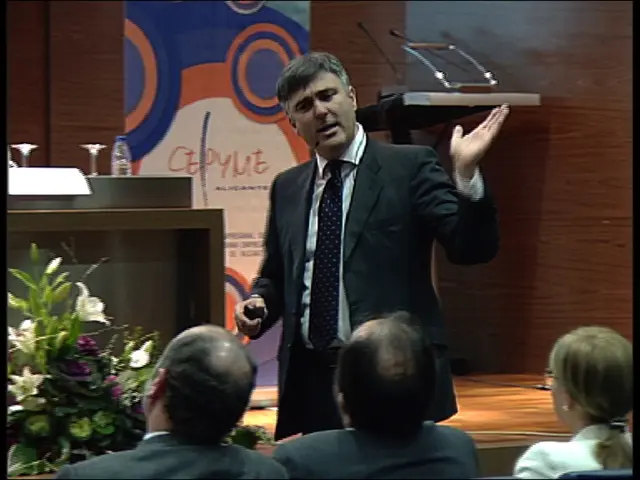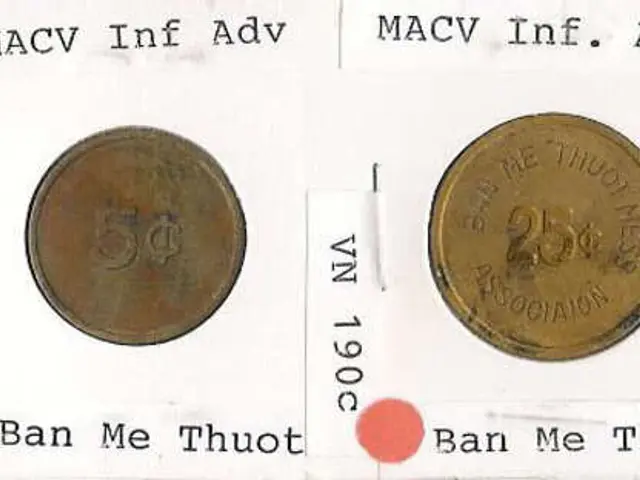Methodological Strategies for Combining Quantitative and Qualitative Approaches in Research
In 2006, a groundbreaking study by Newman and Wyly utilized a Transformative Mixed-Methods Design to examine the impacts of gentrification in New York City, with a particular focus on displacement. This design, rooted in critical theory, emphasizes socioeconomic class inequalities and aims to address and eliminate injustices.
The Transformative Mixed-Methods Design consists of four key steps: Problem Definition and Literature Research, Identify the Research Design, Data Collection Instruments and Methods, and Analysis, Interpretation, Reporting, and Utilization of Results. This approach supports active participant involvement in the research process and fosters collaboration and representation.
The study by Newman and Wyly did not directly advocate for the interests of affected communities or propose an action-oriented agenda to address displacement. However, it challenged common claims that gentrification benefits everyone and causes minimal displacement.
The Transformative Mixed-Methods Design incorporates three primary transformative variants: Feminist Lens Transformative Variant, Disability Lens Transformative Variant, and Racial and Ethnic Lens Transformative Variant. Each emphasizes a specific perspective, with the Socioeconomic Class Lens variant investigating how economic status affects access to education, healthcare, and other resources.
Researchers employing this design adopt an advocacy or emancipatory perspective, emphasizing social justice and equality. By combining qualitative and quantitative methods, the utility of results for communities and stakeholder groups is enhanced, ensuring they are relevant and actionable.
In the study by Newman and Wyly, quantitative data revealed inequalities in income, employment, and education, while qualitative methods provided deeper insight into the lived experiences of economically marginalized populations. However, the researchers did not involve community members as co-researchers or active participants in the research process.
Transformative designs in mixed-methods research have a strong philosophical foundation rooted in justice and inclusion, going beyond understanding phenomena by actively promoting change. They create research that is both academically rigorous and a catalyst for real-world change, with a clear focus on ethical considerations, participatory involvement, and social impact. Community-oriented research is often included to advocate for political measures that promote social mobility and justice.
Despite the potential impact of Transformative Designs in advancing discussions about discrimination against displaced communities, researchers employing this methodology in the investigation of gentrification in New York City in 2006 are not explicitly identified in the provided search results. This underscores the need for further research in this area.
In conclusion, the Transformative Mixed-Methods Design offers a powerful tool for researchers to address socioeconomic inequalities and promote social justice. By incorporating the perspectives of underrepresented or marginalized population groups, this design can create research that is both academically rigorous and a catalyst for real-world change.
Read also:
- Peptide YY (PYY): Exploring its Role in Appetite Suppression, Intestinal Health, and Cognitive Links
- Toddler Health: Rotavirus Signs, Origins, and Potential Complications
- Digestive issues and heart discomfort: Root causes and associated health conditions
- House Infernos: Deadly Hazards Surpassing the Flames








